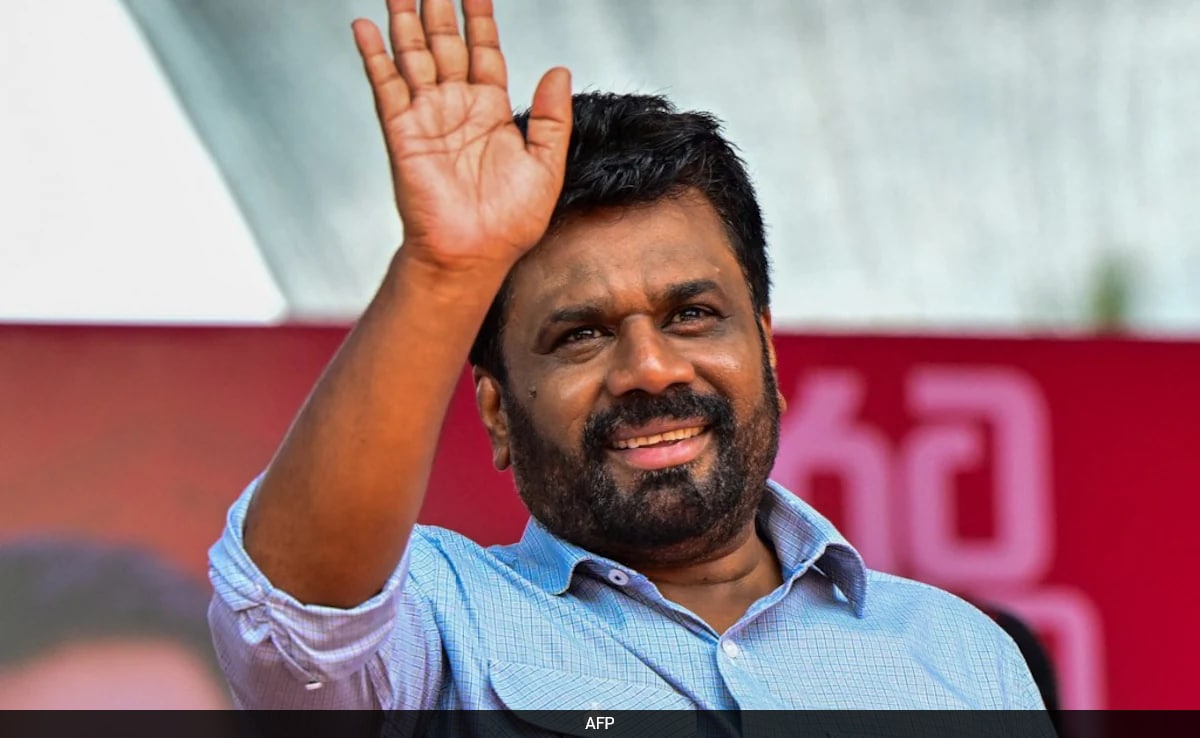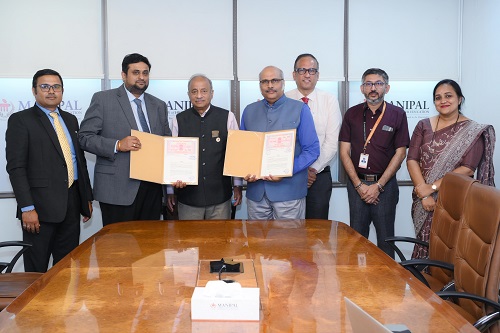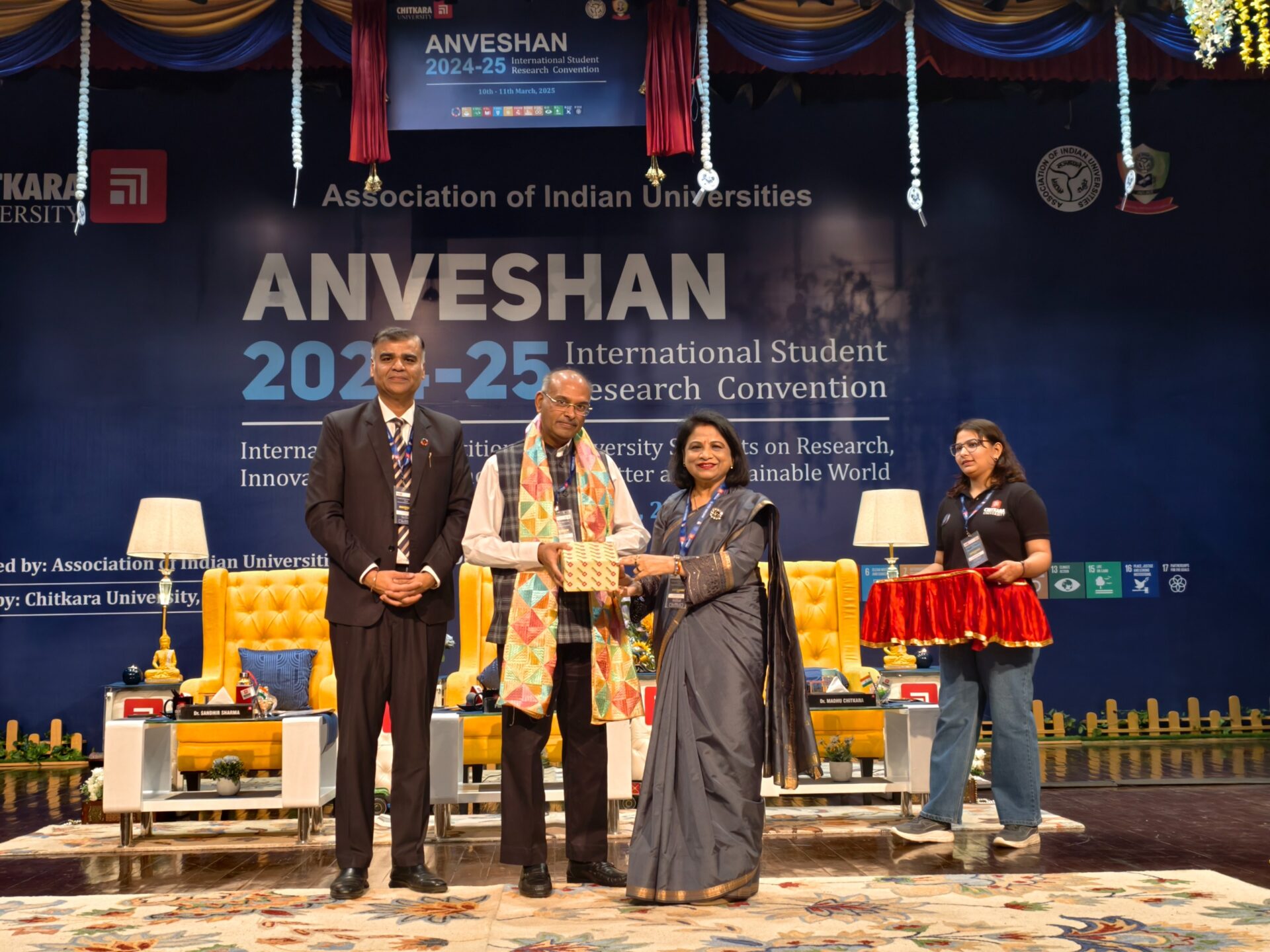Anura Kumara Dissanayake, a left-leaning leader, has been elected Sri Lanka’s next president in the country’s first election since its economy collapsed in 2022. Mr Dissanayake, popularly known as “AKD,” was born into a small farming family in Anuradhapura. His political journey began with his involvement in the student wing of the Janatha Vimukthi Peramuna (JVP), a Marxist-Leninist party.
Born on November 24, 1968, he comes from a modest background – his father was a government office help and his mother a homemaker. Politics wasn’t initially a family pursuit, but Dissanayake’s early life experiences, including the loss of his cousin to political violence, drew him to activism.
One of Mr Dissanayake’s cousin was killed during the government’s crackdown on the JVP’s second insurrection in 1988. This period also saw his family home destroyed, deepening his resolve to remain loyal to the JVP’s cause.
Political evolution and leadership
Initially, the JVP maintained a staunch anti-imperialist and socialist position, but by the 1980s, it shifted towards Sinhala nationalism. The party fiercely opposed Tamil political claims and external intervention in Sri Lanka’s ethnic conflict. After being banned in the 1980s and later legalised, the JVP entered mainstream politics, winning seats in parliament. Mr Dissanayake himself became a Member of Parliament in 2000 and briefly served as the Minister of Agriculture under President Chandrika Kumaratunga Bandaranaike between 2004 and 2005.
In 2014, he was appointed leader of the JVP, succeeding Somawansa Amarasinghe. Under his leadership, the party underwent significant changes, focusing on expanding its political base. Recognising that the JVP’s traditional appeal was limited, Mr Dissanayeke formed the National People’s Power (NPP) Alliance, bringing together over two dozen political groups, professionals, academics, and activists. This move aimed to position the NPP as an alternative to the two traditional political camps — led by the Sri Lanka Freedom Party and the United National Party.
Leadership and ideology
Colleagues describe Mr Dissanayake as a clear-headed decision-maker who values collective input, a hallmark of his leadership style. Vijitha Herath, a fellow JVP MP, said that Mr Dissanayake is very good at factoring in multiple views and making the best decision quickly, in real-time.
His calm, composed demeanour and ability to build compelling narratives against Sri Lanka’s ruling class have made him a magnetic figure in public life. Known for his powerful speeches in parliament, Sri Lanka’s new President has been a vocal critic of government excesses and mismanagement, often stacking his arguments with facts and figures that resonate with the public.
Under his leadership, the NPP shifted its focus from purely socialist principles to a broader political message, seeking to address corruption and economic mismanagement. This ideological evolution has drawn criticism from some traditional leftists, but Mr Dissanayake remains unapologetic, emphasising that his party’s goal is to serve the majority of the people rather than adhere strictly to labels of left-wing politics.
Presidential run and political campaigns
In 2019, Mr Dissanayake contested the presidential election against Gotabaya Rajapaksa. While some liberals and leftists feared that his candidacy would split the opposition vote and enable Rajapaksa’s victory, Mr Dissanayake’s NPP went ahead with the campaign, drawing large crowds but securing only 3.16 per cent of the vote. In the 2020 parliamentary elections, the NPP won just three seats, down from six in the previous term, earning the derisive label of the “3% party” from rivals. Despite these setbacks, Mr Dissanayake and his party doubled down on grassroots mobilisation, expanding their reach through relentless political organizing and engaging with the Sinhala expatriates in Europe, Asia, and North America.
The 2022 people’s uprising
The turning point came in 2022, during the Janatha Aragalaya, or the people’s struggle, resulting in the ouster of President Gotabaya Rajapaksa. Although the movement was decentralised and comprised a wide array of voices, Mr Dissanayake’s NPP played a key role in sympathising with the people’s demand for “system change” and maintaining its grassroots activism.
As political disillusionment deepened, particularly among the youth, the NPP began to be seen as a viable alternative to Sri Lanka’s traditional political elites. Mr Dissanayake’s rallies drew large crowds, and his oratory style, which combined calm analysis with impassioned calls for reform, resonated with many.
As Sri Lanka continues to grapple with significant economic challenges and political uncertainty, Mr Dissanayake has emerged as a symbol of hope for many citizens seeking change. At 55, Anura Kumara Dissanayake now stands as a prominent leader who embodies the aspirations of those disillusioned by the country’s long-entrenched political elite.












